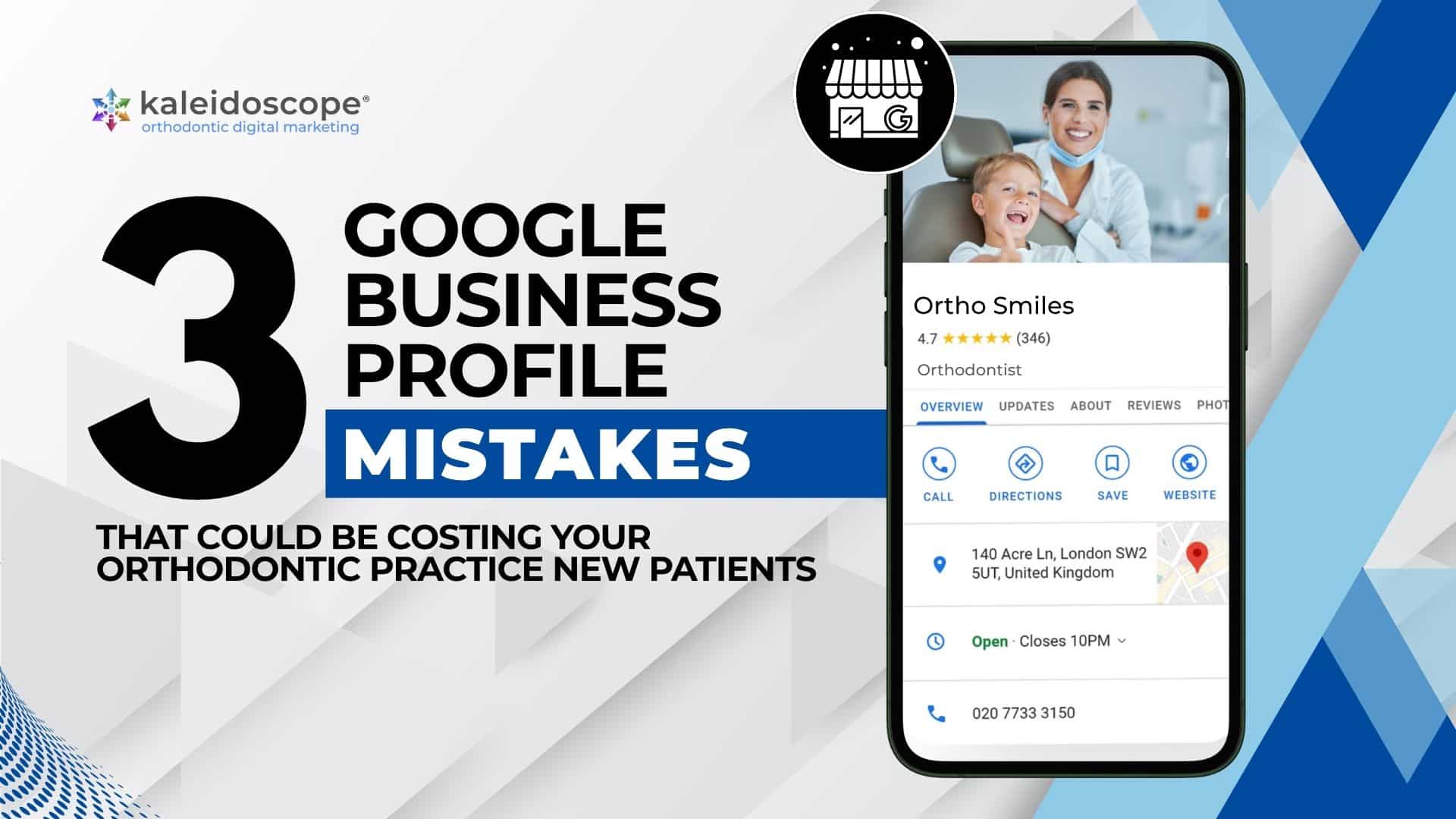 Google rolled out a significant update to local search results during the first week of December. The folks over at Sterling Sky broke the story, noticing a widespread shakeup in the Maps rankings on Google. They came up with the “Vicinity Update” name and with good reason…
Google rolled out a significant update to local search results during the first week of December. The folks over at Sterling Sky broke the story, noticing a widespread shakeup in the Maps rankings on Google. They came up with the “Vicinity Update” name and with good reason…
The main focus of the update is to place more emphasis on the proximity of a business to the location of the searcher, as well as the proximity of the business to the actual city or town that a user types in as their search term. Google is weighing the proximity factor more heavily than before. This update primarily impacts the Maps rankings, with not as much impact on the organic website rankings that can be found underneath the “3-Pack” of Maps rankings.
This update has had a significant impact on rankings for orthodontics and dentistry (as well as lawyers, car dealerships, and myriad other local businesses). The common theme is that smaller businesses are seeing improvements in their rankings for searches conducted in their immediate vicinity. Conversely, larger businesses (or older, more established businesses) are losing ground in areas where they may have ranked strongly before.
Why Did Google Maps Rankings Change?
Google is always looking for ways to improve search results, making them more relevant to the searcher. In the interest of showing the most useful results on local search, Google has now increased the value of proximity and elevated the importance of the proximity signal ahead of (or at least on par with) other ranking factors such as history, geotargeted keywords, and SEO.
Another way to interpret this update is to use an old saying: don’t talk about it, be about it!
It is more important than ever to be physically located near a searcher (and therefore more tangibly relevant to a searcher) than to use your onsite and offsite SEO to trick the search engines into believing you are highly relevant to the searcher. It has gotten harder to rank your business in areas where you don’t physically have an office location.
In many ways, this is a positive update. It levels the playing field for smaller businesses and newer businesses that don’t have the web traffic or marketing budgets to keep up with larger, more established competitors. It also prioritizes user experience over “playing the game” in terms of SEO, keyword stuffing, and other tactics that impacted the rankings in the past.
Is Local SEO Dead?
Absolutely not! In many ways, local SEO setup is as important as ever. Now that we are seeing more of a level playing field, high-quality local SEO provides a real opportunity for businesses to gain invaluable exposure. The “Gold Coast” of the 3-pack in Google Maps just got a little more accessible.
While it is true that it will be more difficult to rank in many surrounding areas simultaneously, the basic tenets of local SEO will endure. Remember that Google still places a high priority on expertise, authority, and trust (commonly referred to as EAT) when it comes to your content and online branding. The requirements have not changed for a solid foundation with a targeted approach to your local area.
The value and potential of SEO programs are unique for each business. A variety of ranking signals will factor heavily into how much improvement you might see from boosting your SEO. Here are some of the big ones:
- existing ranking
- website structure
- history
- reviews
- traffic volume
- backlinks
- level of competition
- online branding setup
After reading this, you should do a few Google searches and see if you notice any changes. Often times with updates, Google will make systematic changes to some Google Business Profiles. It may be possible to edit or reverse some of the changes. If you have concerns or would like to speak to one of our SEO experts, get in touch with us!




